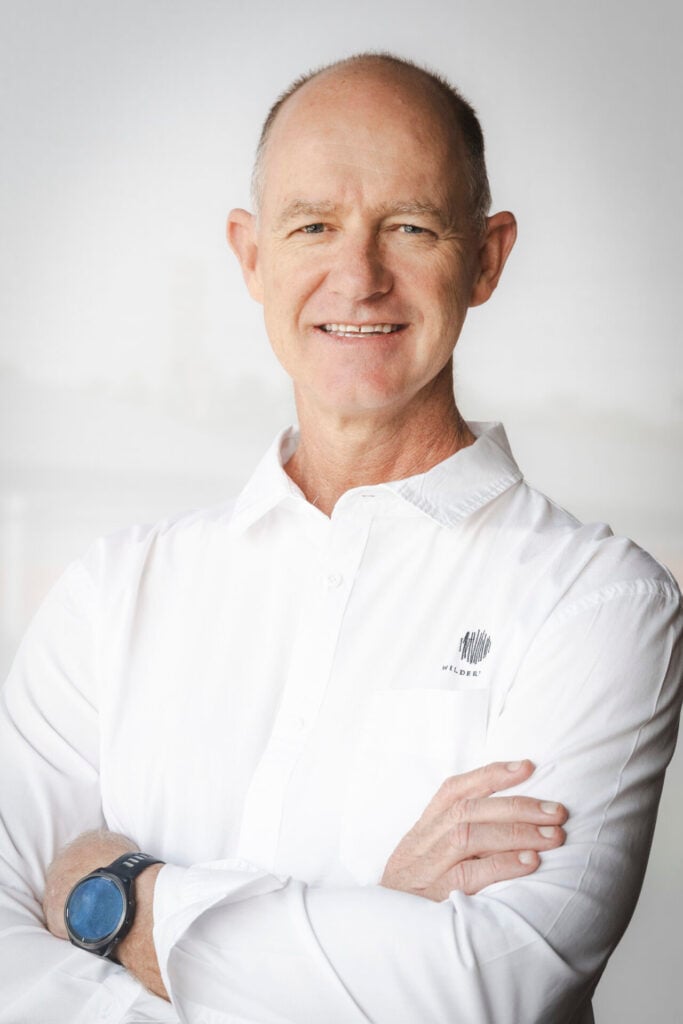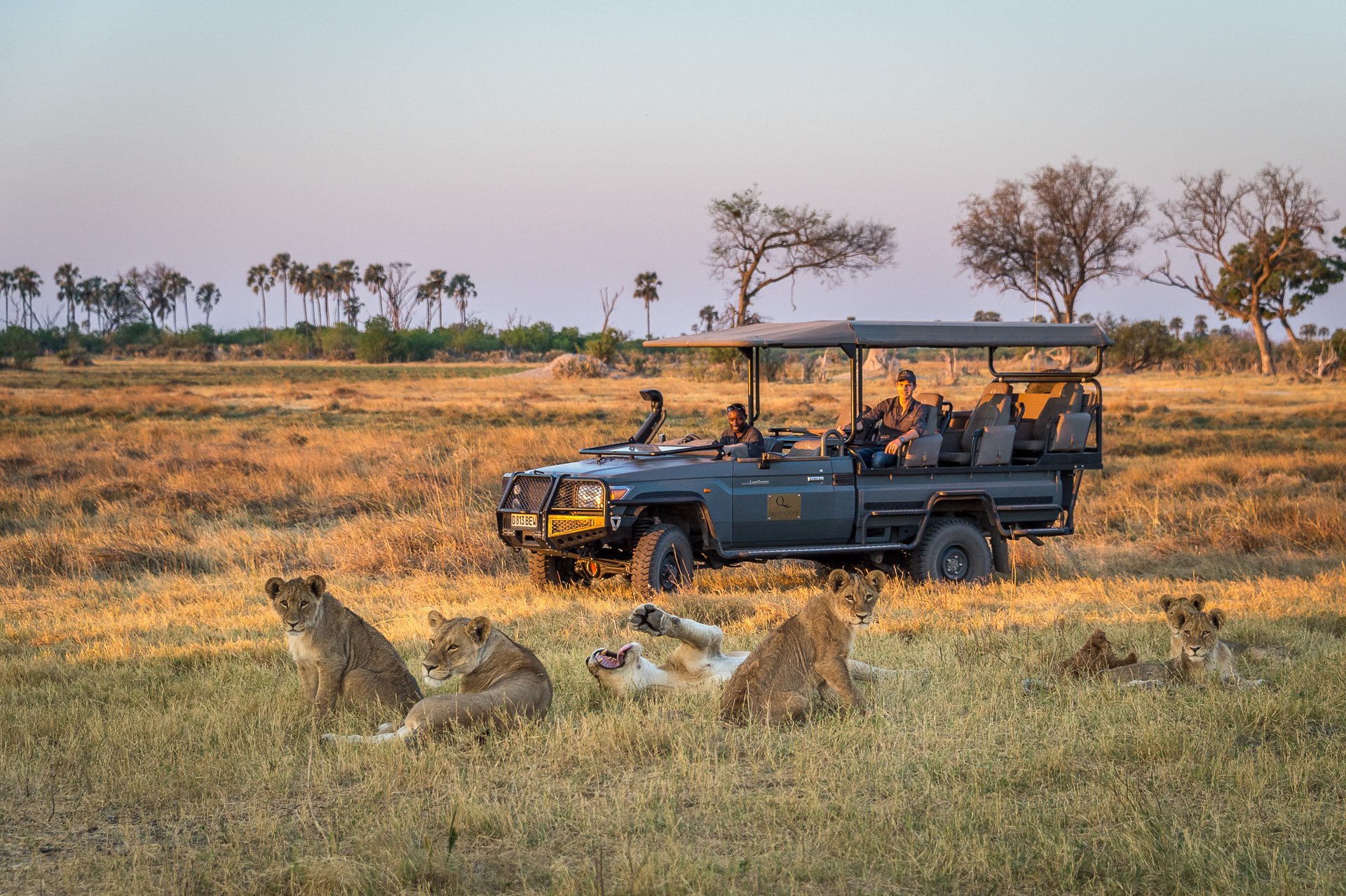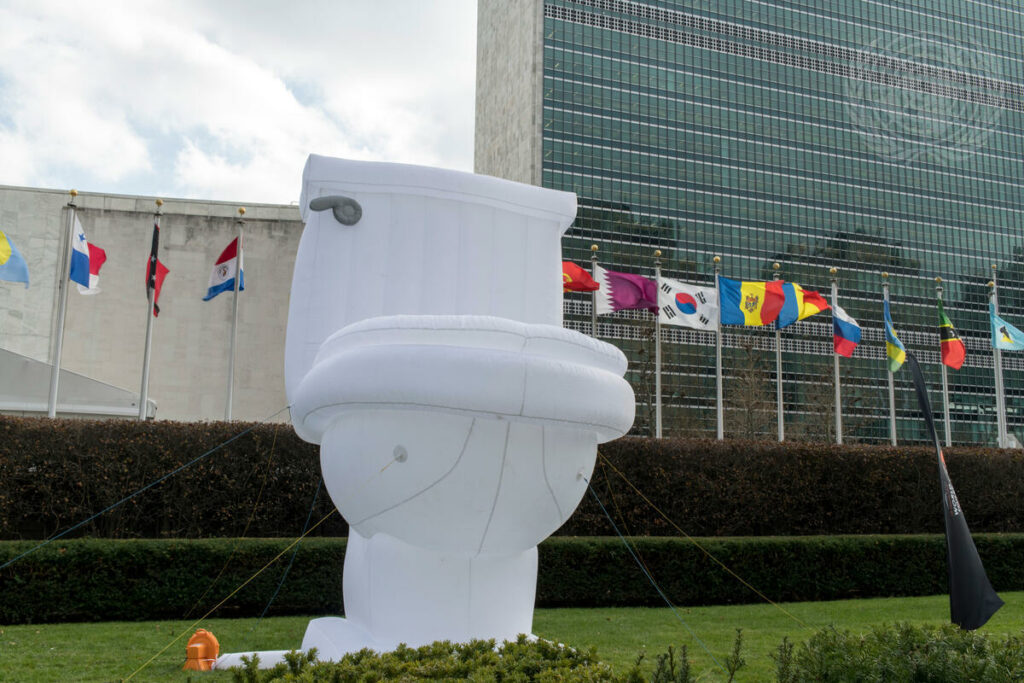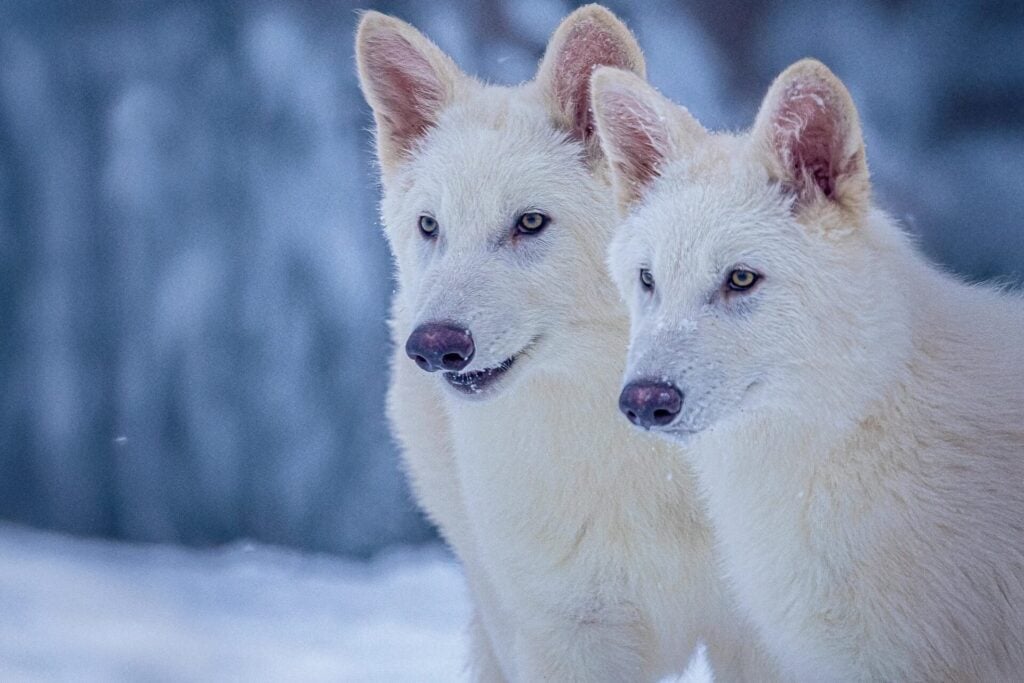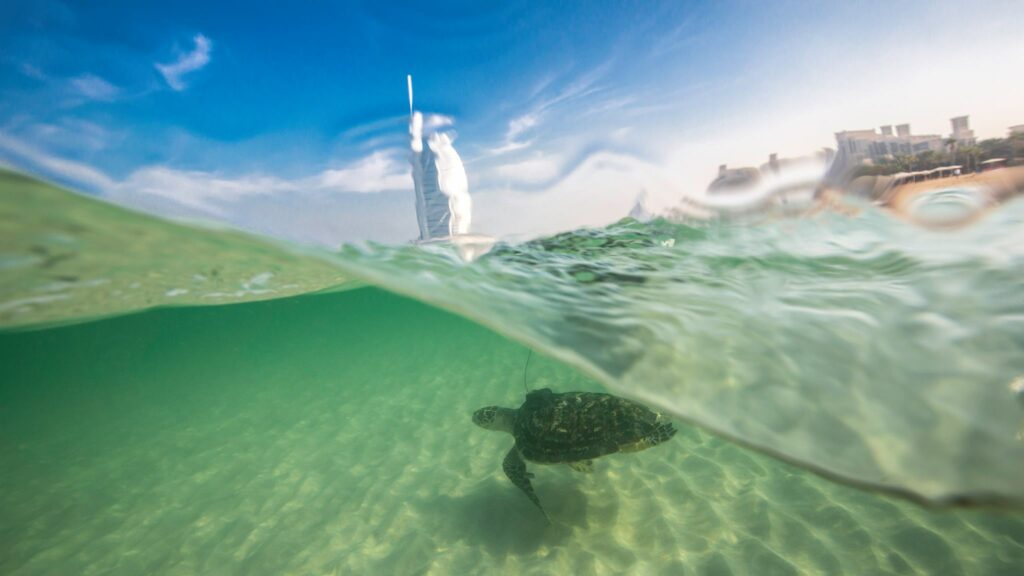Wilderness has spent more than four decades proving that luxury travel and conservation can go hand in hand. Founded in 1983 as a conservation business first and foremost, the company has grown into one of Africa’s most influential eco-tourism operators, protecting over six million acres of land while offering guests life-changing safari experiences.
We sat down with Managing Director Simon Stobbs, to discuss how the brand is redefining sustainable safaris, the challenges of operating in remote environments, and what the future holds for conservation-led tourism.
TE: Wilderness has built its reputation on conservation-led tourism. How is that ethos being put into practice across your southern African camps today?
Simon Stobbs: Wilderness has been extremely fortunate as a business. When we started out in 1983, we literally started as a conservation business that used tourism to fund our conservation efforts. Sustainability has thus been at the very core of who we are since our inception, and it is central to the decisions we make in our business daily.
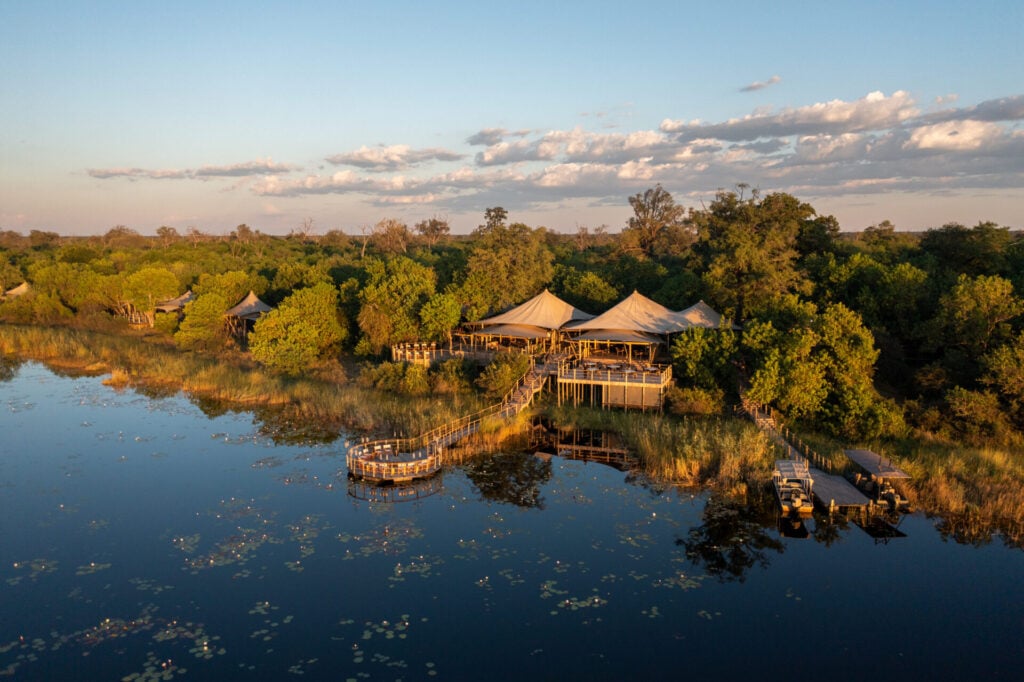
Each of our camps has a strong sustainability story that is the reason for its existence. Whether it’s monitoring and protecting desert-adapted black rhino, in the case of Wilderness Desert Rhino Camp; providing a secure cross-border corridor for movements of megafauna, in the case of Wilderness DumaTau; or planting more than 120,000 trees as part of a reforestation programme around Volcanoes National Park, at Wilderness Bisate, the reason we exist goes beyond having beautiful camps that offer guests life-changing wilderness experiences.
TE: Aree you seeing stronger demand from travellers for more sustainable safaris?
SS: Travellers are certainly becoming more aware of the importance of operating in a sustainable manner. For the first-time traveller, we do not see as strong a demand for sustainable safaris. However, once they’ve been on a safari with us, they leave more invested in the idea, partly as a result of gaining first-hand insight into what makes a safari more sustainable. Typically, we do see that repeat travellers are more focused on more sustainable safaris.
TE: How does Wilderness adapt its conservation approach across southern Africa, where different regions face very different challenges – from overpopulation of certain species, like elephants in some areas, to conservation gaps elsewhere?
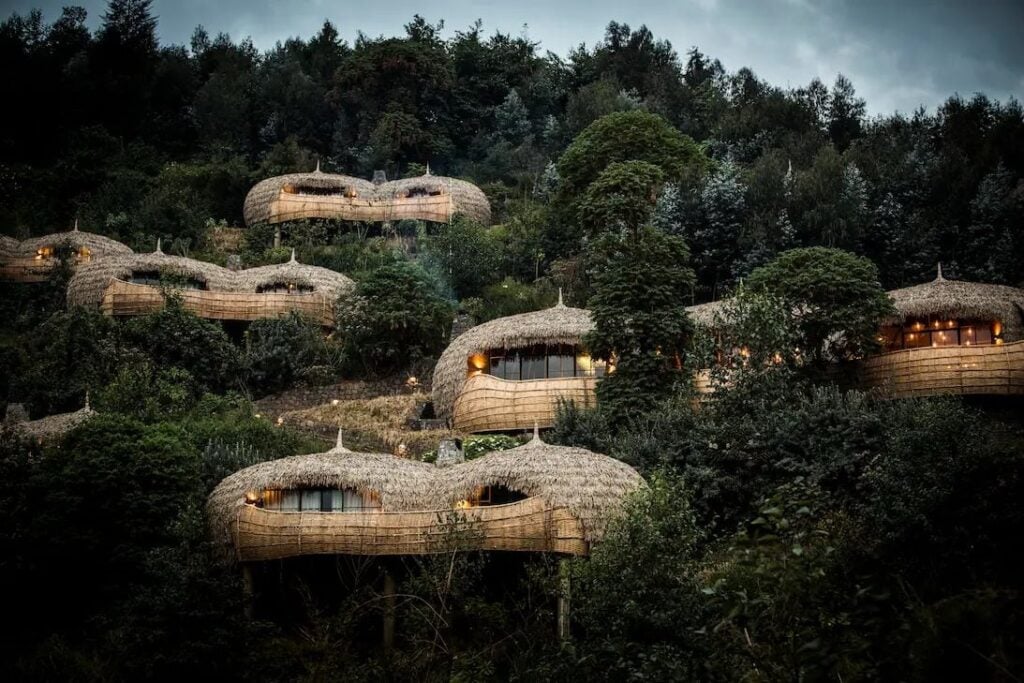
SS: We’ve always believed in tailoring how we operate to the environment in which we are located. As you say, in some areas it might be an abundance of wildlife that is the issue, whilst in other areas, it could be human pressures on wildlife that is the challenge. Each camp faces a unique set of challenges specific to the area, and we adapt our focus to address these. We always remind ourselves that the wildlife was there first and we always need to respect that. As we look to expand conservation areas in landscapes where populations are increasing, there will continue to be contact between humans and wildlife, and thus an increasing need for human-wildlife coexistence.
‘The more guests we involve in our purpose, the greater the impact we can have in helping to protect some of the world’s iconic, irreplaceable destinations’
TE: Wilderness already protects six million acres of land and aims to double that in the next decade. How do your camps, and the travellers who visit them, contribute to that goal?
SS: We have built a successful business model that combines the two pillars of conservation and hospitality, and this helps sustain large tracts of wilderness. In essence, by bringing guests to experience the magical wilderness areas we operate in, we are able to contribute significantly to communities and governments who are responsible for these areas. The more guests we involve in our purpose, the greater the impact we can have in helping to protect some of the world’s iconic, irreplaceable destinations.
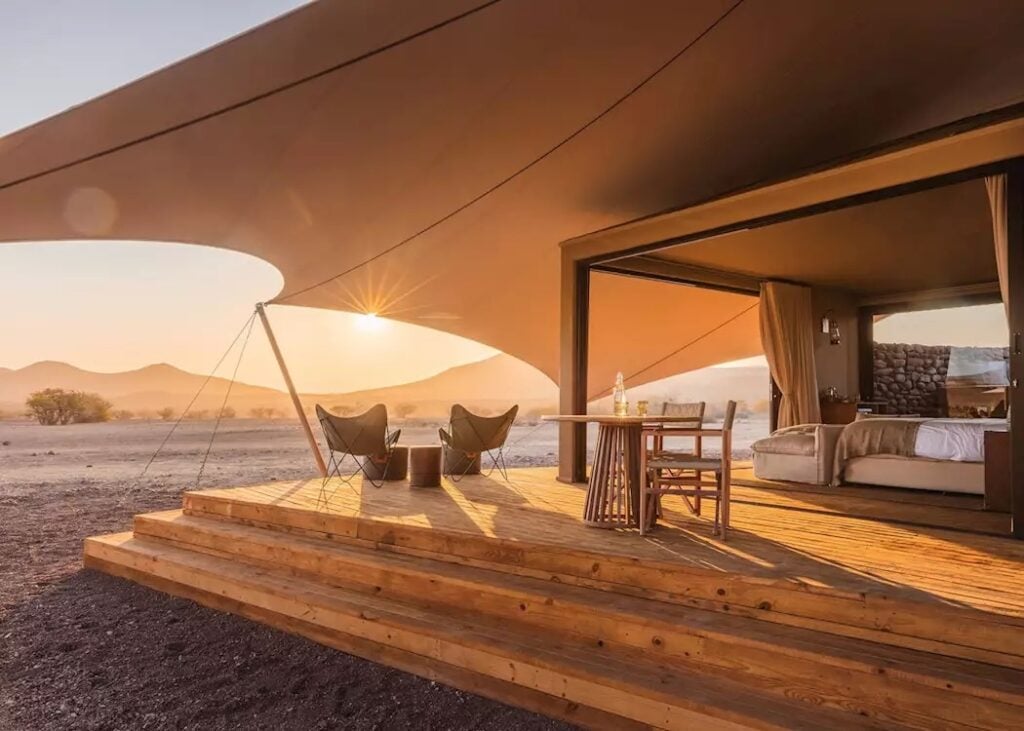
Furthermore, we believe our traveller community also has a key role to play. Over the 42 years that we have been in operation, we’ve hosted hundreds of thousands of guests in our Wilderness camps. We have a very high repeat ratio and know that the value we get from referrals from our loyal guests is huge.
TE: What are some of the most significant conservation successes Wilderness has been involved in?
SS: Conservation is a very broad term. In our case, we’ve had several successful projects across our Educate, Empower and Protect Impact pillars, all of which ultimately have a positive effect on the conservation of the wilderness areas we operate in, and the wildlife living there. If I could pick a couple of projects, the ones that really stand out to me are:
Our Children in the Wilderness program, which started with a handful of kids on one camp in Botswana in 2001, and has gone on to host over 8,650 children on environmental and leadership Eco-Camps across eight countries (and more than 22,250 on weekly Eco-Clubs);
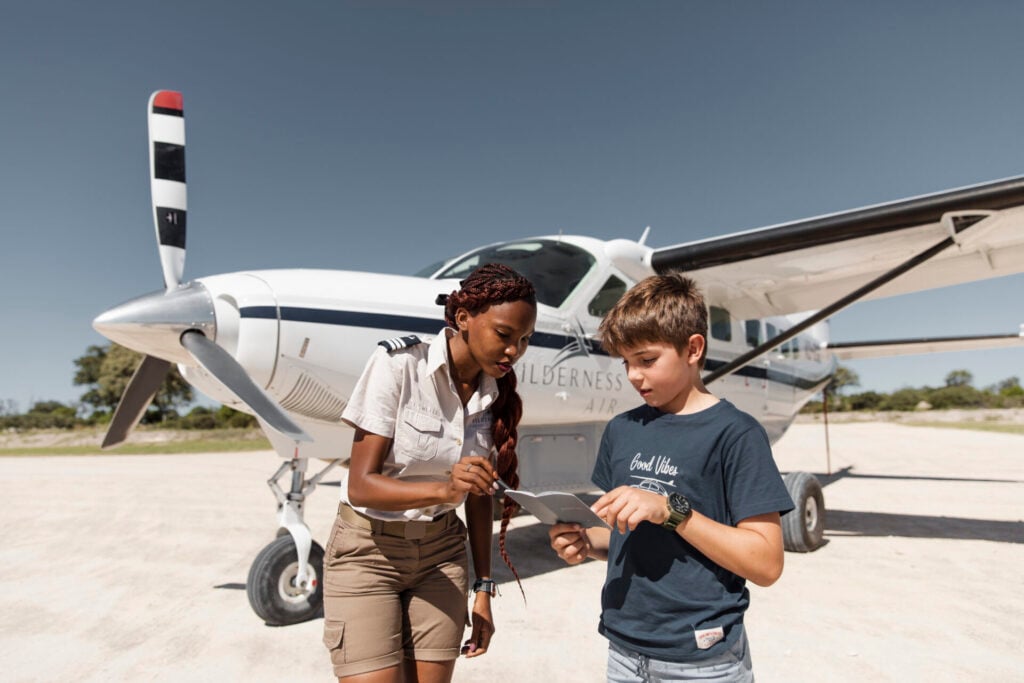
Our partnership with Save the Rhino Trust in Namibia, which has assisted in reducing black rhino poaching by up to 80 per cent in the Palmwag Protected Area in that country;
Our ongoing reforestation project in Rwanda, through which our staff, guests, and neighbouring communities have planted over 150,000 trees. Nature operates in very long cycles, but as humans, we typically see things with a very short-term view. Our reforestation project has been in existence for 10 years in Rwanda and the impact has already been felt.
TE: With more than 60 camps in remote locations, what are the biggest logistical challenges in delivering consistent sustainability standards?
SS: Given the nature of our business, which sees us operating in some of the most remote areas of the world, we know that we will always run into some interesting logistical challenges. These challenges can take many different forms. Given the nature of the locations of some of our camps, the actual build of the camp can be extremely challenging. We always look to source goods and services locally when we build and in these remote locations, it can be tricky to find what we are looking for. Sourcing fresh produce is always a challenge, but with great challenges comes great innovation, and we’ve increased our efforts to support local farmers, and in some cases build local economies.
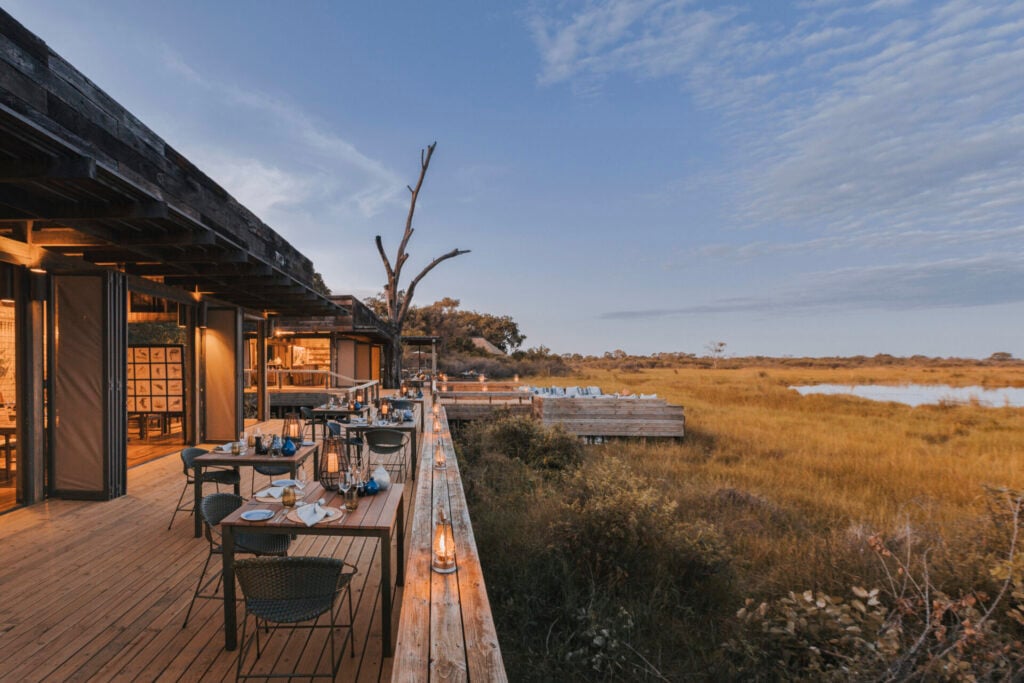
Less of a logistical challenge, but very much linked to operating in remote locations, is ensuring that we have well-trained staff when we first open a new camp. In the interests of ensuring that our impact is felt locally, we always strive to employ from nearby communities. Given the remoteness of these areas, we find that a job in a Wilderness camp can oftentimes be a person’s first job, and this creates real pride for that individual, family, or community.
TE: In what ways is Wilderness reducing its environmental footprint at camp level?
SS: Our Group Environmental Minimum Standards (GEMS) form the blueprint of how we build, operate and if need be, decommission our camps. These standards are dynamic and have been compiled over the 40 plus years Wilderness has been in operation. The GEMS in short are adopted from the design phase in building a camp and ensure we use the best systems, particular to the specific environment which the camp is being built in, with the aim of mitigating any potential negative impacts which may arise from operating a luxury camp in a pristine wilderness environment.

Once the camps have been built according to the GEMS, they are assessed biannually to ensure best practice and that we can address any potential impacts with a focused approach. This ensures that we can tackle operational issues specific to the area of operation, as every environment offers unique challenges.
In addition to this, each camp is required to monitor certain metrics and report on them monthly, which enables us to fine tune the camp operation and proactively trace issues and impacts. Our aim is to reduce our reliance on fossil fuels, avoid the use of single use items and provide a high level of service to our guests without damaging the environment. The end goal being, if a camp needs to be removed, the site will return to its natural state within 3 months.
Since 2012, by encouraging our guests to use the reusable water bottles and purified drinking water we supply at all our camps, we have reduced our bottled water usage by 94 per cent, preventing approximately 6 million 500ml plastic bottles from entering landfills. This achievement reflects not only our dedication to sustainability, but also our responsibility to minimise our ecological footprint while maximising the positive impact of our tourism presence.
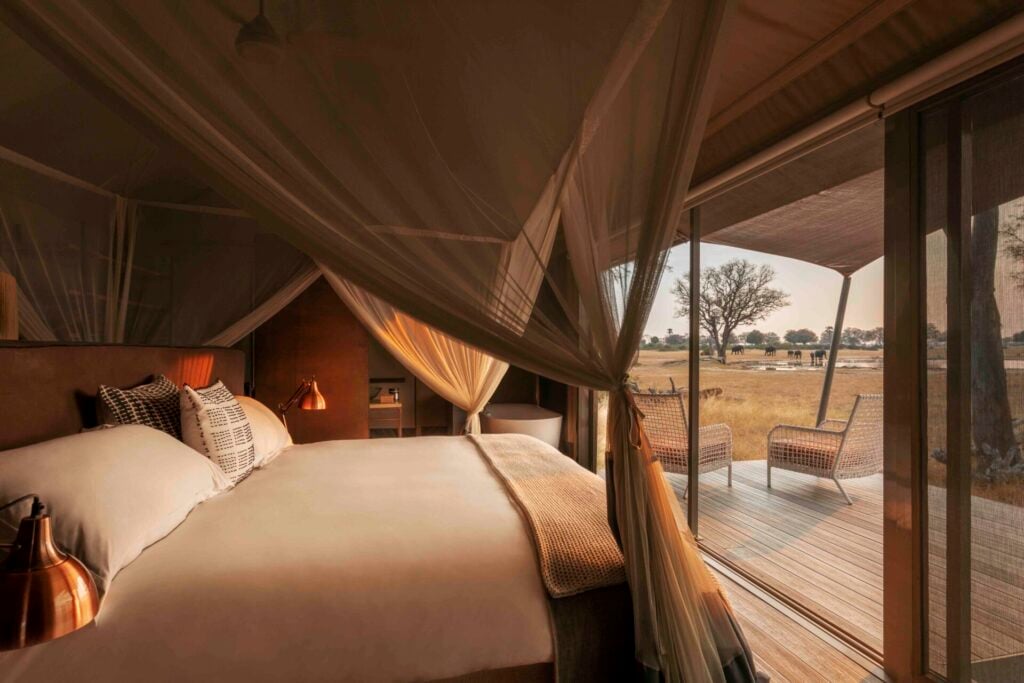
TE: Looking ahead, what are the key opportunities and challenges for making safari tourism in southern Africa more sustainable?
SS: This is a tricky one. There are many companies doing great work in the field of sustainability in the safari tourism space in southern Africa. The challenge we all face is that there comes a point where too many people can start threatening the sustainability of some of these areas. It’s a tricky balancing act.
As a business we need to stay true to our core ethos about making a difference. In this space, opportunities and challenges often go together. There are many truly remote areas across Africa that are crying out for a courageous eco-tourism operator. These remote wilderness areas are appealing to travellers, but their remoteness, lack of access, as well as logistical challenges, make them hard to operate in.
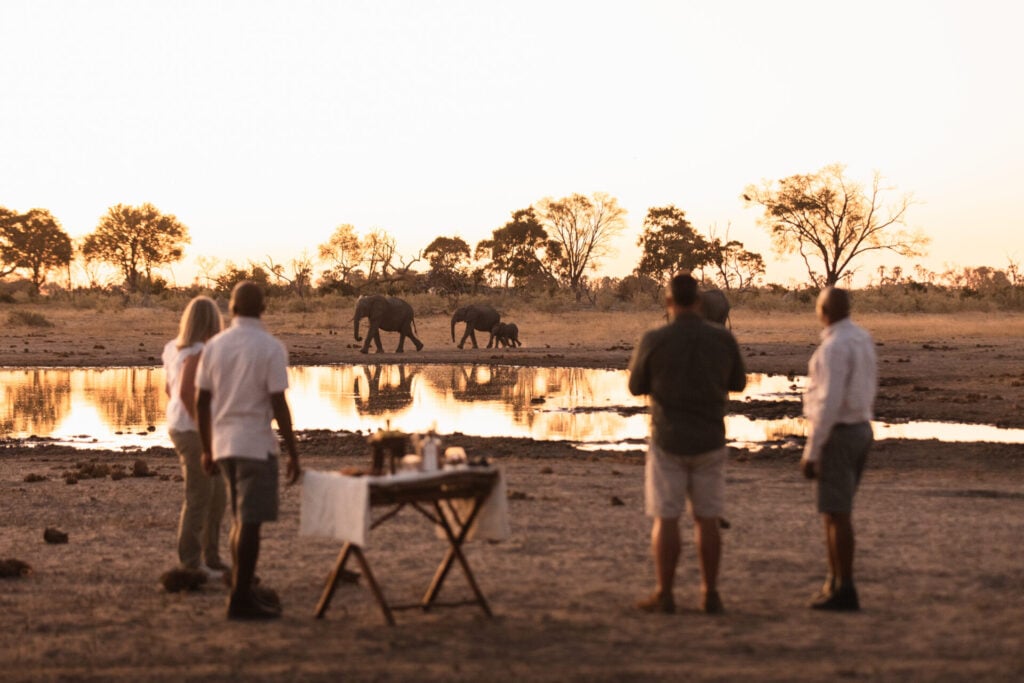
We believe one huge opportunity to make a difference across the industry is through creating and improving local supply chains into the safari industry, such as procuring produce from local farmers, but also upskilling those farmers, and future farmers, in the process. It’s not just about food supply, or helping ‘up the supply chain’ though. It can go both ways.
One example is how poachers’ snares are removed by the Scorpions Anti-poaching Unit in Hwange, then the snare wire is turned into jewellery and sold in our camps and in Victoria Falls, which has a high tourist density. This is just one example, but there are countless opportunities to make the industry more sustainable through similar long-term empowerment and conservation initiatives.
To learn more visit wildernessdestinations.com
